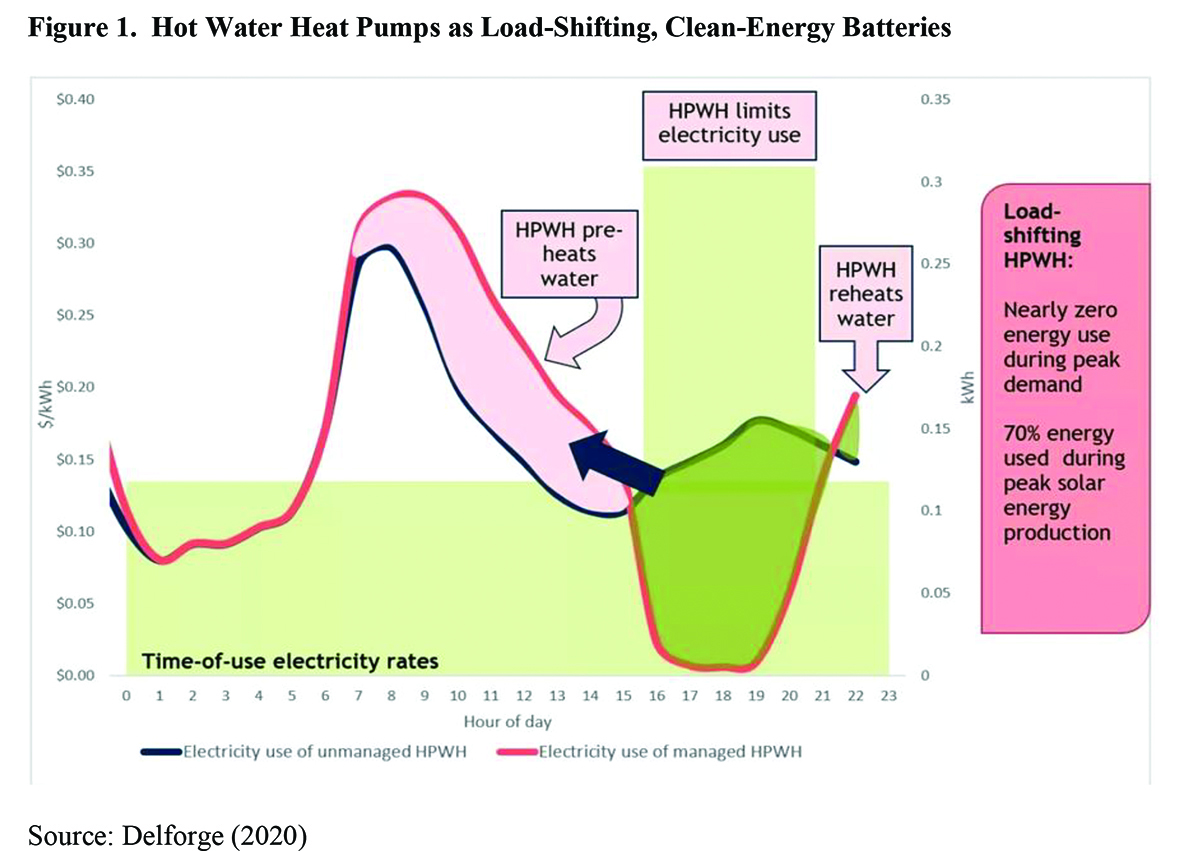To restate my current theme, Americans can reduce carbon emissions by cutting home energy and natural gas consumption. Moreover, the Inflation Reduction Act makes both tasks easier for less affluent families through rebates for home weatherization and heat pumps. For high-income families, the IRA offers tax recovery for 30% of heat pump costs (up to a $2,000 tax break), and 30% recovery of up to $1,200 for weatherization and other efficiency measures. And rebates and tax incentives can be received every year through 2033. So, where to start?
An energy audit is the logical first step. Auditors create lists of the most cost-effective actions to reduce heating and cooling energy use, a first step because buildings should be ‘buttoned up’ before replacing HVAC (furnace and air conditioning) equipment. Weatherization can reduce HVAC energy use by 25% or more, which will also reduce the size and cost of new HVAC system. The point is to avoid an oversized, underperforming system which would happen if it were replaced before major insulation work. Even so, we can deal immediately with the second major energy consumer: hot water tanks. They do not have to wait for weatherization work.
Heat pumps are three to four times more efficient than gas tanks and save up to $300 per year in energy costs (Crail 2023). Since a new 40-gallon gas tank costs between $519 and $719 and a 50-gallon heat pump tank costs $1,699 (Rheem tanks, Home Depot), the payback for a heat pump tank is about four years. However, the high upfront cost and the added expense of running a 240-volt line to the heat pump tank placed this choice beyond the budget of most families.
No longer. First, manufacturers now offer 120-volt heat pump tanks which eliminate the extra cost of upgrading electric service — but note, the IRA also covers upgrading electric panels and wires. Second, IRA rebates and tax incentives make these tanks affordable. Upfront rebates for low- and middle-income families are $1,750 and $875 respectively and the tax incentive for high-income families for purchase and installation will work out to about $800. With rebates or tax incentives, heat pump water tanks are no brainers.
There are limitations. They won’t work in a small utility closet because heat pump tanks need at least 1,000-cubic feet of a home’s air space to function. And heat pumps take a long time to heat up water, so they won’t provide enough hot water if too many people take long, back-to-back showers.
Heat pumps can also increase grid reliability. Due mostly to extreme temperatures, grid failures have increased 60% since 2015 (Flavell 2021), a problem that will worsen as greenhouse gas driven higher temperatures ratchet up peak demand. One solution to this problem is to turn down or turn off discretionary energy use during peak. Hot water tanks are ideally suited for such peak shaving because insulated tanks maintain hot water levels for hours. As Figure 1 shows, hot water tanks can be heated with solar power when the sun is at its midday height and then turned off during the 5-9 p.m. electricity peak. In effect, tanks serve as water batteries, which is much cheaper than electrochemical batteries. And participating families will be paid $50 to $200 per year for the grid services they provide. Think of that added benefit as frosting on a warm cake.
References
Crail, Chauncy. 2023 (Apr 20). Heat Pump Water Heaters: Complete Guide, Pros and Cons And More. Forbes; https://www.forbes.com/home-improvement/plumbing/heat-pump-water-heaters/
Flavelle, Christopher. 2021 (Jul 2). A New Deadly Risk for Cities in Summer: Power Failures During Heat Waves. New York Times; https://www.nytimes.com/2021/05/03/climate/heat-climate-health-risks.html
Delforge, Pierre. 2020 (Jan 7). Heat Pump Water Heaters as Clean-Energy Batteries. NRDC; https://www.nrdc.org/bio/pierre-delforge/heat-pump-water-heaters-clean-energy-batteries
St. John, Jeff. 2016 (Feb 25). Report: Smart Water Heaters Could Pay Back $200 per Year in Grid Services. Green Tech Media; https://www.greentechmedia.com/articles/read/report-smart-water-heaters-could-pay-back-200-per-year-in-grid-services#gs.lehoae
Home water heaters: A new ally in making grids cleaner. Canary Media, 2022 (Apr 11); https://www.canarymedia.com/articles/grid-edge/home-water-heaters-a-new-ally-in-making-grids-cleaner



1 comment for “Heat Waves — In Red & Black: First steps for lean, clean and green home rehab”
Recent Comments